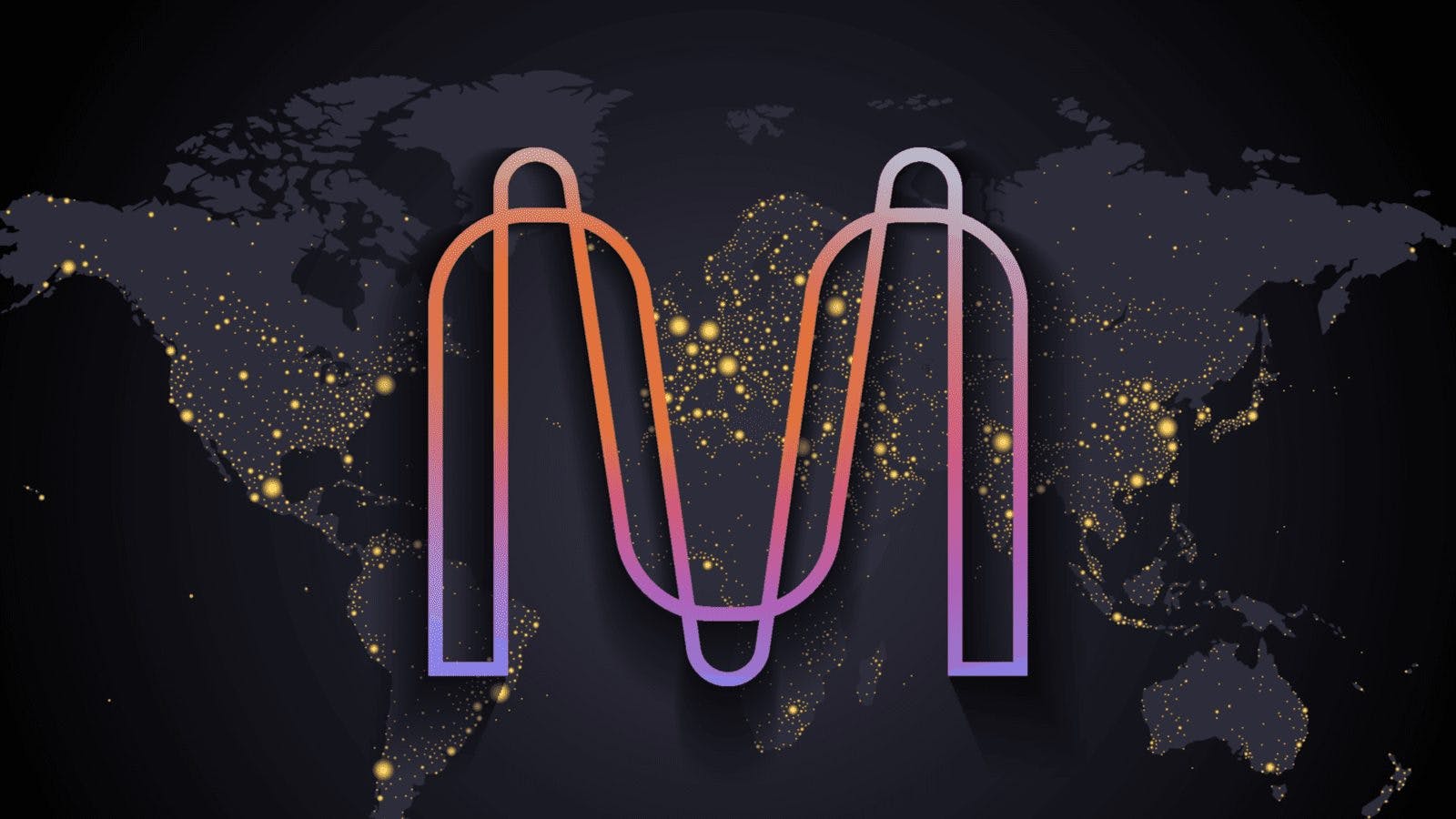FTX Ventures, Three Arrows Capital Lead $92M Raise for Mina Blockchain
Mina is the creator of a proof-of-stake protocol which bills itself as the “world’s lightest blockchain”

Blockchain protocol Mina | Source: Shutterstock
- Participants include Pantera, Brevan Howard, Alan Howard, Amber Group, Blockchain.com, Circle Ventures and Finality Capital Partners
- The capital will go toward “opening up more grant programs, such as a more robust grant program to support developers,” according to Mina Foundation’s Evan Shapiro
Blockchain protocol Mina secured $92 million in a funding round led by FTX Ventures and Singaporean hedge fund Three Arrows Capital.
The capital will go toward “opening up more grant programs,” to “support developers,” Evan Shapiro, chief executive at Mina Foundation, told Blockworks.
“This [investment] from some of the most respected entities in crypto bolsters our aim to ensure that Mina becomes the go-to privacy and end-to-end security layer for Web3 while remaining powered by participants,” Shapiro said.
Other investors in the round include Pantera, Brevan Howard, Alan Howard, Amber Group, Blockchain.com, Circle Ventures and Finality Capital Partners.
Mina is the creator of a proof-of-stake protocol which bills itself as the “world’s lightest blockchain.” The project uses recursive zero-knowledge proofs to keep the state of the network at a tiny 22 kilobits (kb) — about 2,800 characters or 10 tweets. For comparison, Bitcoin’s blockchain is currently about 396GB, while Ethereum weighs in at 601GB to sync the full chain.
Imagine taking a picture of a sunset while on vacation in Hawaii to prove you were there. Now, someone takes a picture of your picture. Only, unlike with snapshot photos, a cryptographic technique known as zk-SNARKS allows the second picture holder to prove with certainty that you were there in Hawaii just as well as you yourself could.
In theory, the blockchain’s small size means Mina could more easily decentralize, because node operators do not require a significant investment in hardware. Developers of both Ethereum and Bitcoin have plans to allow for so-called “light clients” that would use similar techniques to function without a full copy of the chain history.
But on Mina, all participants act as full nodes and take part in maintaining consensus, using a variation of the Ouroboros proof-of-stake protocol that was first developed for Cardano.
The system relies on another network participant dubbed a “prover” (a bit like a Bitcoin miner, but without the energy use) which does need to store the full state.
There is a downside to computing zero-knowledge proofs, however: Mina’s 1 transactions-per-second (TPS) rate makes it considerably slower than alternative layer-1 chains like Cosmos and Solana, and even slower than the Bitcoin network’s 7 TPS.
The team prefers to focus on a different mental model for scalability, they call ScaDe, for Scalability-per-unit-of-Decentralization.
Mina is “built for mass adoption at both the user and application level,” Brian Lee, a partner at FTX Ventures, told Blockworks, adding that it will “enable a new generation of Web3 applications.”
Last year, the blockchain raised $18.7 million in its token sale on CoinList.
Macauley Peterson contributed reporting for this story.
Get the news in your inbox. Explore Blockworks newsletters:
- The Breakdown: Decoding crypto and the markets. Daily.
- 0xResearch: Alpha in your inbox. Think like an analyst.






